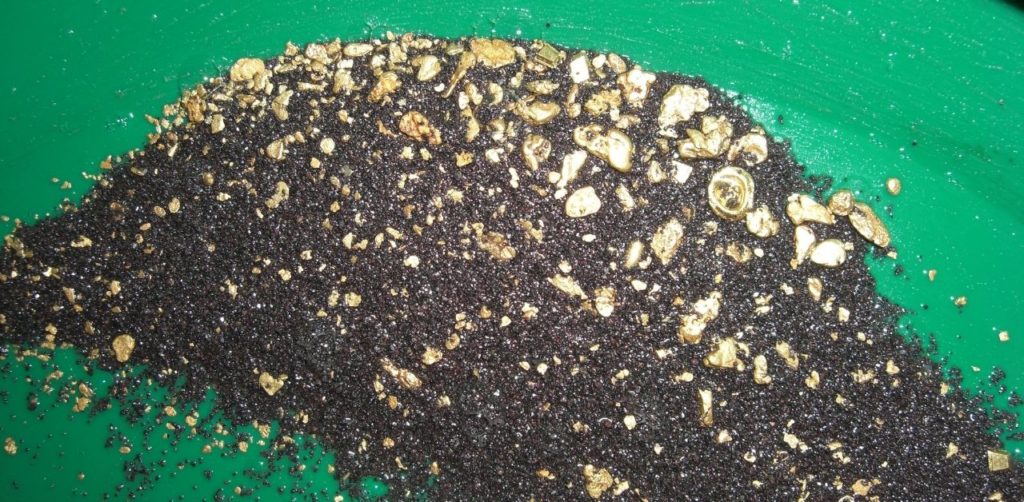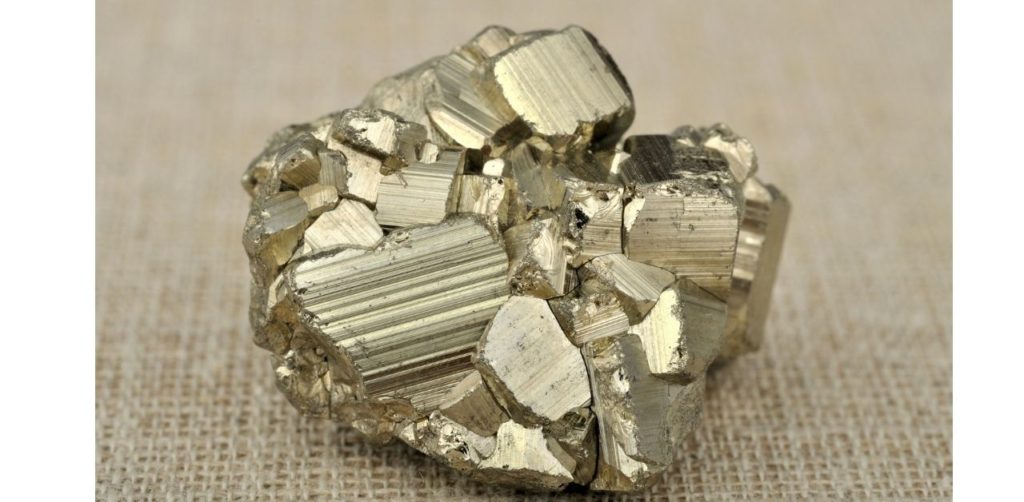The difference between gold and pyrite?
The difference between gold and pyrite?
Gold – Crystals form as cubes or octahedra but are rare. The usual habits are as grains, flakes, nuggets, and dendritic masses. The bright yellow color is resistant to tarnishing. Gold is often rich in silver, when it is paler in color. The streak is golden-yellow. Gold is opaque, and its luster is metallic.
FORMATION Forms mainly in hydrothermal veins, often associated with quartz and sulfides. It also occurs in placer deposits of unconsolidated sand and in sandstone and conglomerate. It is possible to find alluvial gold as grains or nuggets in stream beds. Panning for gold by sifting the sediment is an age-old method of looking for this rare and valuable mineral. Gold can be confused with pyrite and chalcopyrite at first, but only a few tests are needed to identify it.
TESTS Insoluble in all single acids; soluble in aqua regia.
Group: NATIVE ELEMENTS
Composition: Au
Hardness: 2½–3
SG: 19.30
Cleavage: None
Fracture: Hackly

Pyrite – This mineral forms as cubic, pyritohedral, or octahedral crystals; twinning is common.
The crystal faces are frequently striated. Pyrite can be massive, granular, reniform, stalactitic, botryoidal, and nodular. The pale yellow color gives rise to its nickname, “fool’s gold.” It has a greenish-black streak. Pyrite is opaque and has a metallic luster.
FORMATION Pyrite is a common accessory mineral in igneous, sedimentary, and metamorphic rocks.
TESTS Gives off sparks if struck with a hard metal object. Fuses quite easily.
Group: SULFIDES
Composition: FeS₂
Hardness: 6–6½
SG: 5.00–5.03
Cleavage: Indistinct
Fracture: Conchoidal to uneven

